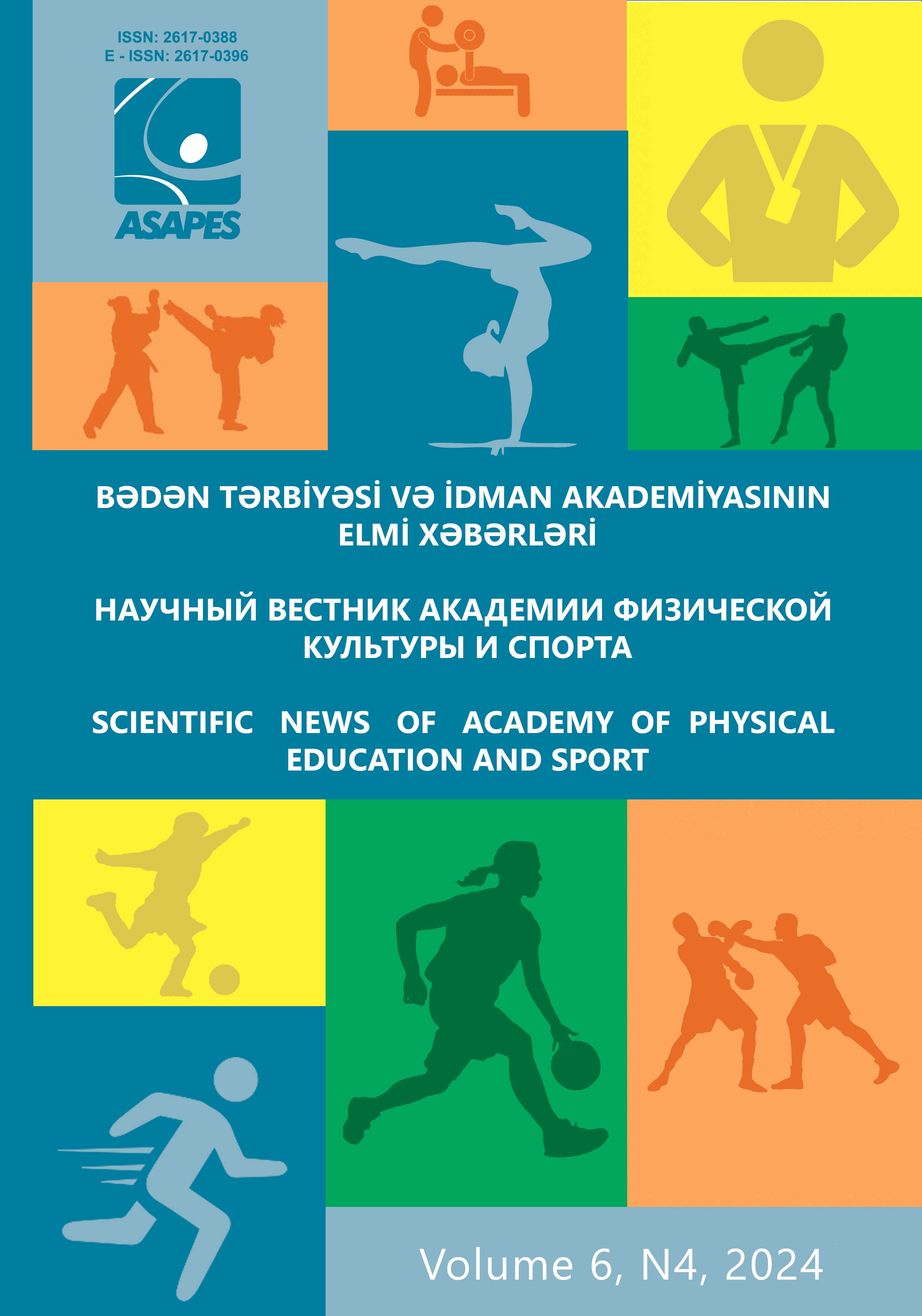
STUDENT-CENTERED APPROACH IN TEACHING
Abstract
A student-centered approach to teaching and learning has become the focus of attention as emphasis has grown on the move away from the teacher-centered approach. Although the term is widely used, it remains unclear how it can be used effectively given the continuum nature of teacher-centered and student-centered approaches. This article examines 34 articles and includes a thematic analysis of their content to systematically present ways of operationalizing a student-centered approach. An application channel of the student-centered approach is projectbased learning, where students work on community and design projects and are expected to manage the projects or at least propose actions or solutions. Problem-based learning is a variant of project-based learning, in which students often work on scenarios, events, questions, or problems that are less extensive than projects. Problem-solving is usually done before lectures to encourage self-directed learning and facilitate scaffolding. An argumentbased curriculum incorporates arguments and debates that engage students in self-discovery of different perspectives on a given topic. A student-centered approach is closely related to the use of technology for research, interaction, gamification, simulations, and feedback. Student-centered feedback encourages active learning through targeted feedback, while adaptive learning involves students constructing the content. This review contributes to the improvement of student-centered elements in teaching and learning.
References
Chen C.H., Tsai C.C. In-service teachers’ conceptions of mobile technologyintegrated instruction. Tendency towards student-centered learning. Computers & Education, 170, 2021. DOI: https://doi.org/10.1016/j.compedu.2021.104224
Degago A.T., Kaino L.M. Towards student-centred conceptions of teaching: the case of four Ethiopian universities. Teaching in Higher Education, 20, 493–505. 2015. DOI: https://doi.org/10.1080/13562517.2015.1020779
Dunbar K., Yadav Shifting to studentcentered learning: Influences of teaching a summer service learning program. Teaching and Teacher Education, 110. DOI: https://doi.org/10.1016/j.tate.2021.103578
Emaliana I. Teacher-centered or studentcentered learning approach to promote learning? Jurnal Sosial Humaniora, 2017, 10, 59–70. DOI: https://doi.org/10.12962/j24433527.v10i2.2161
Guo P., Saab N., Post L.S., Admiraal W. A review of project-based learning in higher education: Student outcomes and measures. International Journal of Educational Research, 2020, 102. DOI: https://doi.org/10.1016/j.ijer.2020.101586
Kang J., Keinonen T. The Effect of Student-Centered Approaches on Students’ Interest and Achievement in Science: Relevant Topic-Based, Open and Guided Inquiry-Based, and Discussion-Based Approaches. Research in Science Education, 2018, 48, 865–885. DOI: https://doi.org/10.1007/s11165-016-9590-2
Khoury O. Perceptions of student-centered learning in online translator training: findings from Jordan. Heliyon, 8[15] Lahdenperä, J.; Rämö, J.; Postareff, L. Student-centred learning environments supporting undergraduate mathematics students to apply regulated learning: A mixed-methods approach. 2022.
Lojdová K. Socialization of a student teacher on teaching practice into the discursive community of the classroom: Between a teacher-centered and a learner-centered approach. Learning, Culture and Social Interaction, 2019, 22. DOI: https://doi.org/10.1016/j.lcsi.2019.05.001
Murphy L., Eduljee N.B., Croteau K. Teacher-centered versus student-centered teaching: Preferences and differences across academic majors. Journal of Effective Teaching in Higher Education, 2021, 4, 18–39. DOI: https://doi.org/10.36021/jethe.v4i1.156
Muganga L., Ssenkusu P. Teacher-centered vs. student-centered: An examination of student teachers’ perceptions about pedagogical practices at Uganda’s Makerere University. Cultural and Pedagogical Inquiry, 2019, 11, 16–40. DOI: https://doi.org/10.18733/cpi29481
Nuñez Enriquez O., Oliver K.L. ‘The collision of two worlds’: when a teachercentered facilitator meets a student-centered pedagogy. Sport, Education and Society, 2021, 26, 459–470. DOI: https://doi.org/10.1080/13573322.2020.1738374
Tang K.H.D. Gamification to Improve Participation in an Environmental Science Course: An Educator’s Reflection. Acta Pedagogia Asiana, 2023, 2(2), 54–63. DOI: https://doi.org/10.53623/apga.v2i2.192

